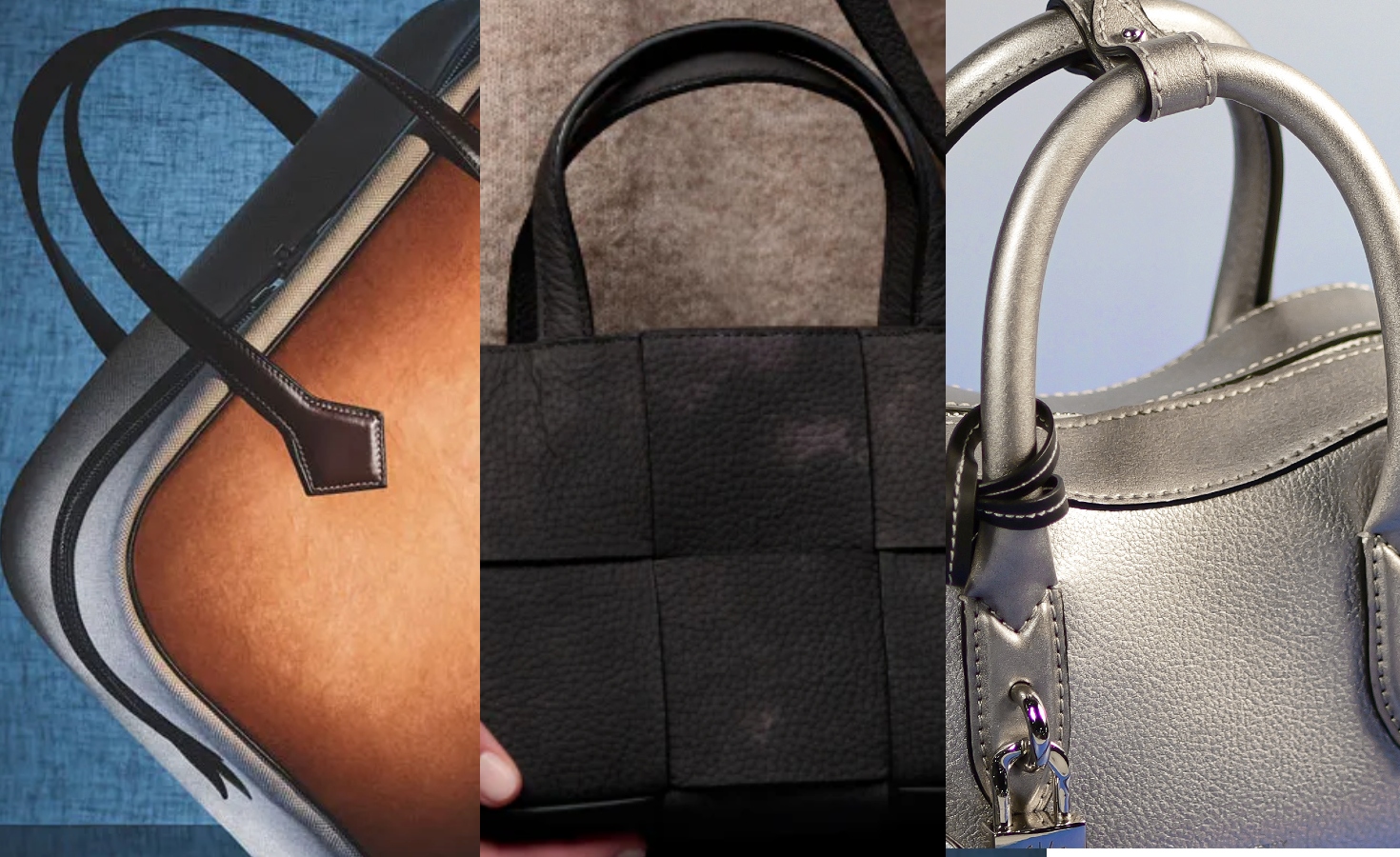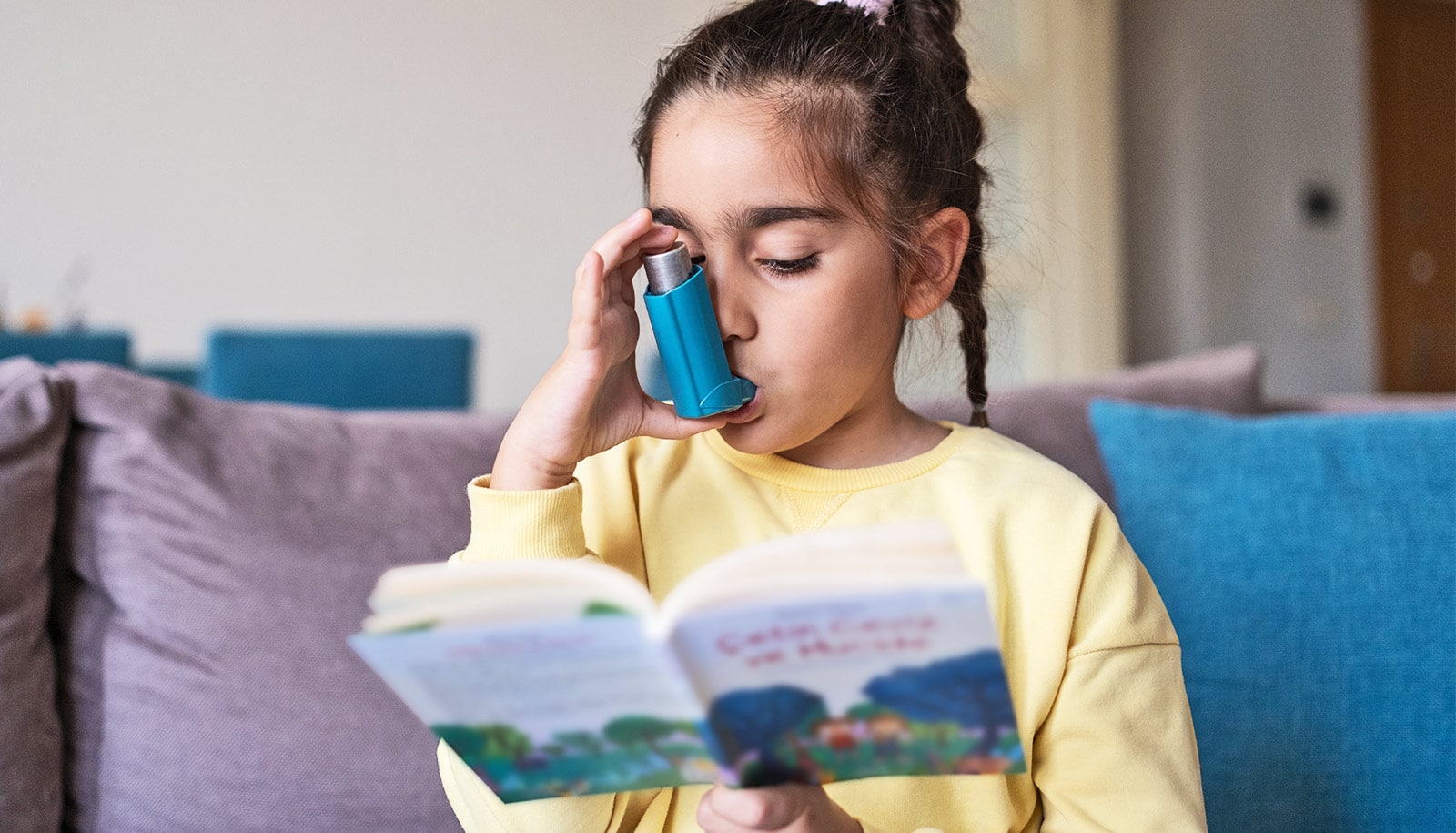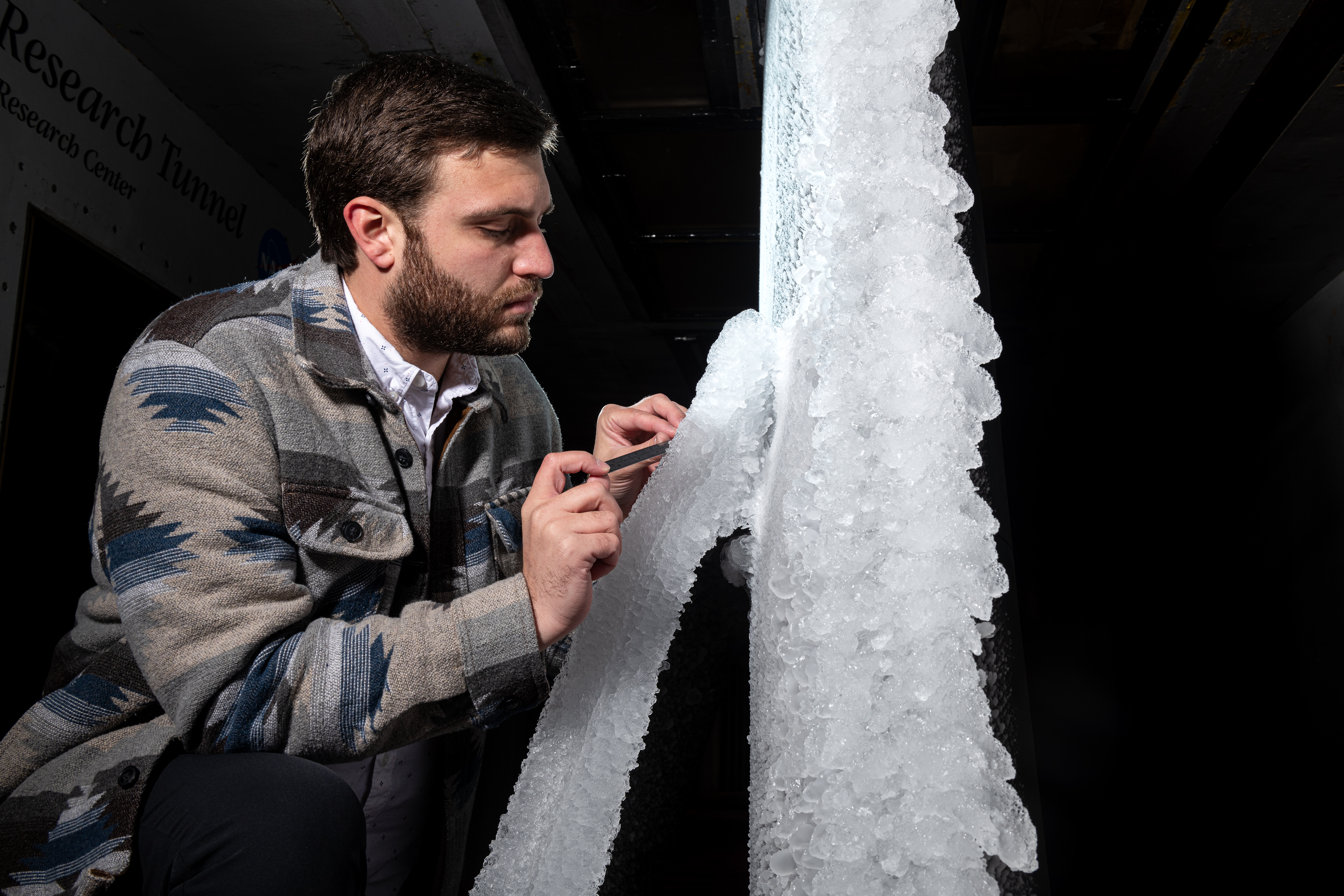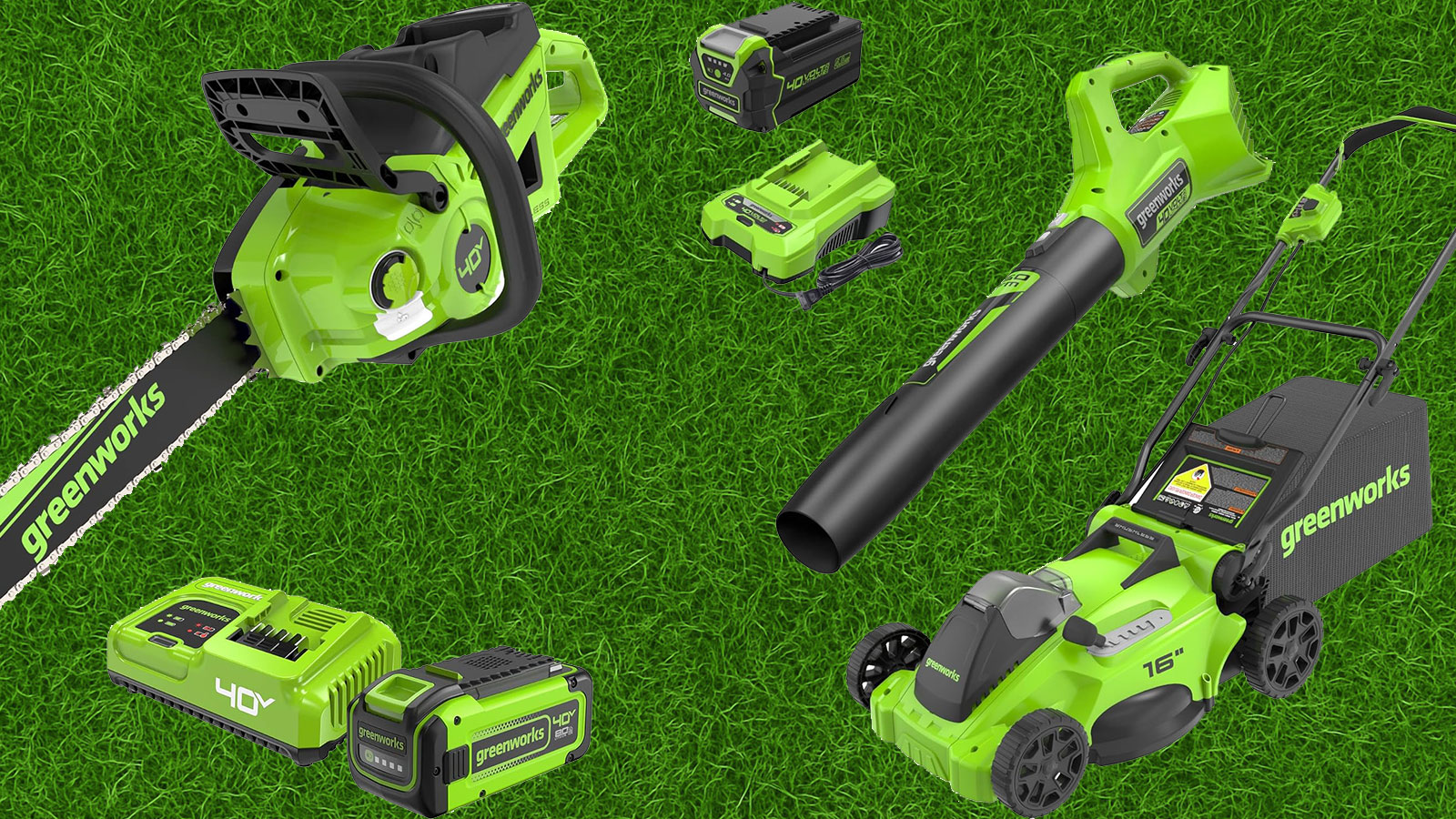How to allergy-proof your home
We’ve collected tips, tricks, and tools you should add to your household routine to reduce indoor irritants. The post How to allergy-proof your home appeared first on Popular Science.

According to data from the Allergy and Asthma Network, 1 in 5 Americans have been diagnosed with environmental allergies, and over 50 percent of allergy sufferers say allergies impact their daily quality of life. Environmental allergies can include pollen, dust, mold, pet dander, and poor air quality.
Your home should be a sanctuary, but allergens can make it a house of horrors. We rounded up a team of experts who provide practical tips and advice to help you allergy-proof your home and turn it into a comfortable and healthy place that you and your family can enjoy.
Consider your flooring
According to Dr. John McKeon, CEO of Allergy Standards Ltd., flooring is one of the largest surfaces in your home and can significantly influence your indoor air quality (IAQ)—especially if you have allergies. He explains that different types of flooring materials can either contribute to the buildup of allergies and pollutants or help maintain a cleaner environment. “Flooring can trap dust, pet dander, pollen, and mold, which can become airborne when disturbed, and if not regularly and thoroughly cleaned, these allergens can accumulate and negatively affect IAQ.”
McKeon notes that hard-surface flooring, like wood, tile, or vinyl, may not trap allergens as easily, but says it’s still important to select materials that are easy to clean and maintain. “Also, sticky allergen particles can be more difficult to remove from some types of flooring during cleaning,” McKeon warns.
Here’s something else to consider: MeKeon says many flooring products and any associated adhesives or chemical treatments can release volatile organic compounds (VOCs) into the air. “Exposure to these compounds can cause respiratory irritation and trigger allergic asthma.”
And if your flooring absorbs moisture, it can encourage mold and mildew. “Mold spores are a major concern for individuals with allergies and asthma, as they can easily become airborne and trigger allergic reactions or asthma symptoms,” McKeon says.
However, he admits that the lack of strict regulations around health claims on household products has led to a flood of marketing terms, such as “eco-friendly,” “green,” and “low VOC,” making it difficult to know which products actually support better indoor air quality (IAQ). “I recommend choosing flooring that has been independently tested and verified,” McKeon says.
Encourage shoe-free zones
Studies show that it’s a good idea to take your shoes off when you come inside, and Lisa Sternfeld, interior designer, environmental health and wellness expert, and founder of WLLW, tells me there’s a good reason why.
“Shoes carry a wide range of contaminants, including pollen, dirt, and dust,” Sternfeld says. ”By removing shoes at the door, you’ll keep allergens out and prevent them from spreading to other areas.”
Tribesigns Shoe Cabinet
Put this Tribesigns Shoe Cabinet near the entryway. It holds two dozen pairs of shoes and also has storage space for keys and other items on top.
Consider the impact of paint
Paint can affect the appearance of your home, but it can also impact your IAQ. “The release of VOCs can irritate the respiratory system and exacerbate allergy symptoms,” McKeon warns. “It is advised that people with sensitivities to certain chemicals and those impacted by asthma and allergies limit exposure to VOCs as much as possible.”
However, considering their potentially harmful effects, McKeon says everyone should limit exposure to these chemicals. Even paint products that claim to be ‘low-VOC’ or ‘non-toxic’ may not necessarily meet the requirements to ensure safety. “Third-party certification is crucial because many paint manufacturers don’t fully disclose their ingredients, often to protect intellectual property,” McKeon explains.
However, the lack of transparency makes it difficult to make smart decisions. “A trusted certification label helps bridge that gap, guiding consumers toward wiser choices for better IAQ,” McKeon says.
Step up your laundry game
Washing your bedding, clothing, and soft toys can play a crucial role in reducing allergens, especially dust mite allergens and pet dander. We at PopSci firmly believe in saving money and energy, and washing laundry in cold water is one way to save both. However, if you need to allergy-proof your home, you may need to turn up the heat.
“The most effective allergen removal occurs when washing is done at high temperatures [at least 131°F/55°C], as this temperature kills dust mites and removes their allergens from fabrics,” McKeon says.
LG washing machines
However, McKeon warns that not all washing machines can maintain a consistently high temperature throughout the wash cycle effectively. If you’re in the market for a new washing machine, he recommends one that has undergone third-party testing to ensure that it can reach and maintain those high temps.
Also, McKeon recommends fragrance-free laundry detergents. “Many fragrance chemicals are sensitizers and increase the VOC emissions off-gassed by the detergent,” he explains. “An effective laundry detergent should have the ability to remove allergens from fabrics, any chemicals present should be non-sensitizing and non-allergenic, and VOCs should be at such low levels as to not be a concern.”
Tide Free & Gentle Laundry Detergent
Melanie Carver is the chief mission officer at the Asthma and Allergy Foundation of America (AAFA). She recommends changing and washing any clothes that are worn during outdoor activities. “And dry your clothes in a clothes dryer or on an indoor rack, not on an outdoor line,” she advises.
Change your shower routine
You may be the type of person who likes to shower in the morning. However, if allergies are a concern, Carver recommends showering daily before you go to bed. “This will remove pollen from your body and hair and keep it off your bedding,” she explains.
Use air purifiers
We’re big fans of air purifiers because we know how important they are in maintaining a healthy living space. From the best air purifiers for asthma to the best air purifiers for smoke, we continually research and evaluate models. “Surprisingly, the air inside our homes can often be more harmful to our health than the air outside, as it contains a variety of pollutants and irritants that may cause allergies,” McKeon says.
“Everyday activities like cooking, VOCs emitted from paint and cleaning products, and even burning fuel (and candles) release particles and chemicals into the air.” And when you add common allergens like pollen, pet dander, and dust mite allergen, he says it’s clear that IAQ can have a serious impact on your health.
Levoit Core 600 Air Purifier
The Levoit Core 600 Air Purifier is one of the best air purifiers we’ve tested. Keep in mind that an air purifier with a higher clean air delivery rate (CADR) can clean the air faster than one with a lower CADR.
In addition, Sternfeld recommends air purifiers with HEPA filters, such as the Levoit. They are effective at trapping airborne pollen, dust, and mold spores. “Place air purifiers in the bedroom or living area, or near high-traffic areas for maximum impact,” she says.
Vacuum and clean with HEPA filters
Sternfeld recommends regularly vacuuming with a vacuum cleaner that has a HEPA filter. “HEPA filters trap microscopic particles, including pollen, pet dander, and dust mites, she says, adding that the American Lung Association also recommends using vacuum cleaners with HEPA filters. Clean high-traffic areas more frequently and vacuum more often, especially if you have pets, to reduce dander buildup.
Shark Status Upright Vacuum
The Shark Status Upright Vacuum has a HEPA filter and can clean hard floors, carpet, upholstery, ceiling fans, and more.
Damp-clean surfaces regularly
If you tend to dust and clean with dry materials, here’s another change you may need to make.
“Wipe down surfaces with a damp cloth to capture pollen, rather than allowing it to become airborne,” Sternfeld advises. “Research shows that dusting with a damp cloth is more effective at trapping allergens compared to dry dusting, and this is particularly important for surfaces like furniture, counters, and window sills.”
Make bedding a priority
Bed linens are a prime place for dust mites and pollen to accumulate, according to Sternfeld. She recommends laundering sheets weekly in hot water to help wash away irritants.
“Encase pillows and mattresses in dust-mite-proof covers, and wash sheets weekly on hot water as it helps wash away irritants more effectively than cold or lukewarm water,” Sternfeld advises.
Investing in bedding and mattress protection can also provide allergy relief. “Dust mites, which thrive in the warm, humid environment of bedding, produce waste that is a key allergen,” McKeon warns.
To reduce exposure to these allergens, he recommends using scientifically validated dust mite-proof encasings for mattresses, pillows, and duvets. “These encasings prevent dust mites from passing through, and thus minimize allergen exposure.”
In addition, McKeon recommends quality, breathable bedding products that are tightly woven with no weak points at the seams or zippers. “Furthermore, the fabric must be able to withstand frequent washing, as regularly washing bedding in hot water (130°F/55°C) further reduces allergen levels.”
SIJO AiryWeight Tencel Sheet Set
Stay cool and dry when sleeping on the SIJO AiryWeight Tencel Sheet Set, which is also hypoallergenic.
Wash soft furnishings frequently
In addition to washing sheets, blankets, and pillows regularly, Sternfeld says you should also wash cushion covers and other soft surfaces regularly, as they can trap allergens and harbor dust mites. “A weekly wash in hot water can help eliminate allergens,” she says.
In fact, McKeon recommends choosing either non-fabric furniture or covering fabric furniture with slipcovers that can be removed and washed weekly.
Maintain your HVAC filters
While your HVAC keeps your home at a comfortable temperature, HVAC filters keep you comfortable in another way. “HVAC filters play a crucial role in improving indoor air quality by trapping airborne particles like dust, pet dander, and pollen, McKeon explains. “These particles can circulate throughout the home if not effectively captured by the HVAC system’s filter, exacerbating allergy symptoms.”
He recommends a higher Minimum Efficiency Reporting Value (MERV) rating, as this indicates the filter is more effective at capturing airborne particulate matter. It’s also important to change your air filters regularly, which can be anywhere from 1 to 3 months, since dirty filters will recirculate dust and other allergens.
Filtrete Allergen Defense Filters
Filtrete Allergen Defense Filters capture a variety of allergens for cleaner air. (And don’t forget your furnace filters, either.)
Control humidity
If you keep your home’s humidity levels under 50 percent, Sternfeld says this can help prevent mold and mildew from thriving. “Place dehumidifiers in areas like basements and bathrooms to help control moisture,” she advises. Mold thrives in damp environments, and keeping humidity in check can significantly reduce mold-related allergy triggers.
Carver notes that those warm and moist bathrooms are also prime growing spaces for mold. “Run your bathroom’s exhaust fan or open windows during showers and for 15 to 20 minutes after to allow moisture to escape,” she says.
And here’s another tip from Carver: Don’t let damp towels pile up. Allow them to dry completely when you step out of the shower or bathtub.
On the other hand, don’t let humidity levels get too low. McKeon warns that low humidity can lead to respiratory irritation and trigger allergic asthma or dry skin, which could make your symptoms worse.
Frigidaire 50-Pint Humidifier
Keep humidity levels within a safe range with the Frigidaire 50-Pint Humidifier, which features three speed settings.
Avoid attracting insects
If you leave water and food sources out at night, Carver warns that you may be attracting cockroaches. “A cockroach allergy is a common trigger of year-round allergy and asthma—if you are allergic to them, they can trigger asthma attacks,” she warns.
Rubbermaid Brilliance 14-Piece Food Storage Container Set
Keep insects at bay with the Rubbermaid Brilliance 14-Piece Food Storage Container Set, which is airtight and stackable.
The post How to allergy-proof your home appeared first on Popular Science.

























































































































































